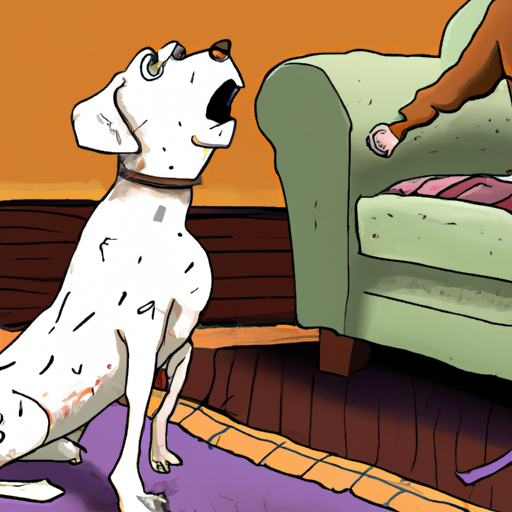Introduction
As a caregiver, you’ve probably had moments that left you baffled, especially when it comes to your pet’s behavior. One such instance may be when your normally loving dog growls at you. It’s alarming, isn’t it? But before you panic, remember that a growl is just one way of communication for dogs. In this guide, we will delve into the possible reasons behind this behavior and how to appropriately respond.
1. Communication: Understanding Dog’s Language
Dogs communicate in a variety of ways. They use body language, vocalizations, and even smell to convey their feelings.
Table 1: Common Dog Communication Signals
| Signal | Meaning |
|---|---|
| Tail wagging | Excitement or happiness |
| Licking lips or nose | Nervousness or stress |
| Growling | Warning or discomfort |
A growl doesn’t always mean aggression. It might indicate fear, discomfort, or a request for space. Understanding this can help you better cater to your dog’s needs.
2. Possible Reasons Why Your Dog Growls
Dogs growl for various reasons. Here are the most common:
- Pain or Discomfort: If your dog growls when touched in a specific area, they might be in pain.
- Fear: Dogs often growl when they’re scared. This could be a response to a new environment or unfamiliar people.
- Resource Guarding: Some dogs growl to protect their food, toys, or territory.
- Playfulness: Dogs also growl while playing, and this is usually accompanied by relaxed body language.
3. When Your Dog Growls: The Dos and Don’ts
Knowing why your dog growls is crucial, but understanding how to react is equally important. Here are some dos and don’ts:
- Do respect their space. A growl is a clear request for distance.
- Don’t punish your dog for growling. This can make the situation worse.
- Do seek help from a professional if the growling becomes frequent or aggressive.
4. The Importance of Professional Help
If your dog’s growling escalates or becomes frequent, it’s time to seek professional help. A professional can provide an in-depth behavioral assessment and devise an appropriate training plan.
5. Training Your Dog: Best Practices
Training should always be a positive experience for your dog. Here are some best practices:
- Use positive reinforcement: Reward good behavior with treats or praise.
- Keep sessions short: Dogs have short attention spans. Limit training sessions to 15 minutes.
- Be consistent: Use the same commands and signals to avoid confusing your dog.
6. Prevention: How to Avoid Future Growling
Prevention is always better than cure. You can prevent future growling by socializing your dog, providing routine medical care, and ensuring they have a safe, comfortable space in your home.
7. FAQs
Q: Why does my dog growl when I pet him?
A: Your dog might be in pain, or they might not enjoy being touched in a specific area. If the growling persists, consult a veterinarian.
Q: Is growling a sign of aggression?
A: Not always. While growling can indicate aggression, it can also signify fear, discomfort, or even playfulness.
Q: What should I do if my dog growls at strangers?
A: If your dog growls at strangers, they might be fearful or territorial. Professional training can help manage this behavior.
Q: Is it normal for a dog to growl while playing?
A: Yes, many dogs growl during play. It’s their way of communicating excitement and enjoyment.
Conclusion
Your dog growling at you can be a startling experience, but remember, it’s just their way of communication. Understanding the reasons behind it and knowing how to respond will help build a stronger relationship with your pet. Always opt for professional help if the growling becomes frequent or aggressive.
Remember, you’re not just a caregiver; you’re also a crucial part of your dog’s pack. Trust your gut, provide unconditional love, and treat your pet with the respect they deserve.



